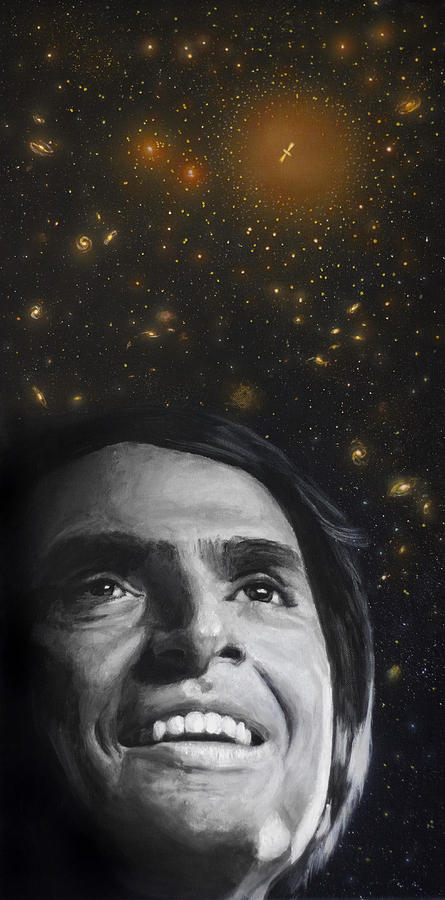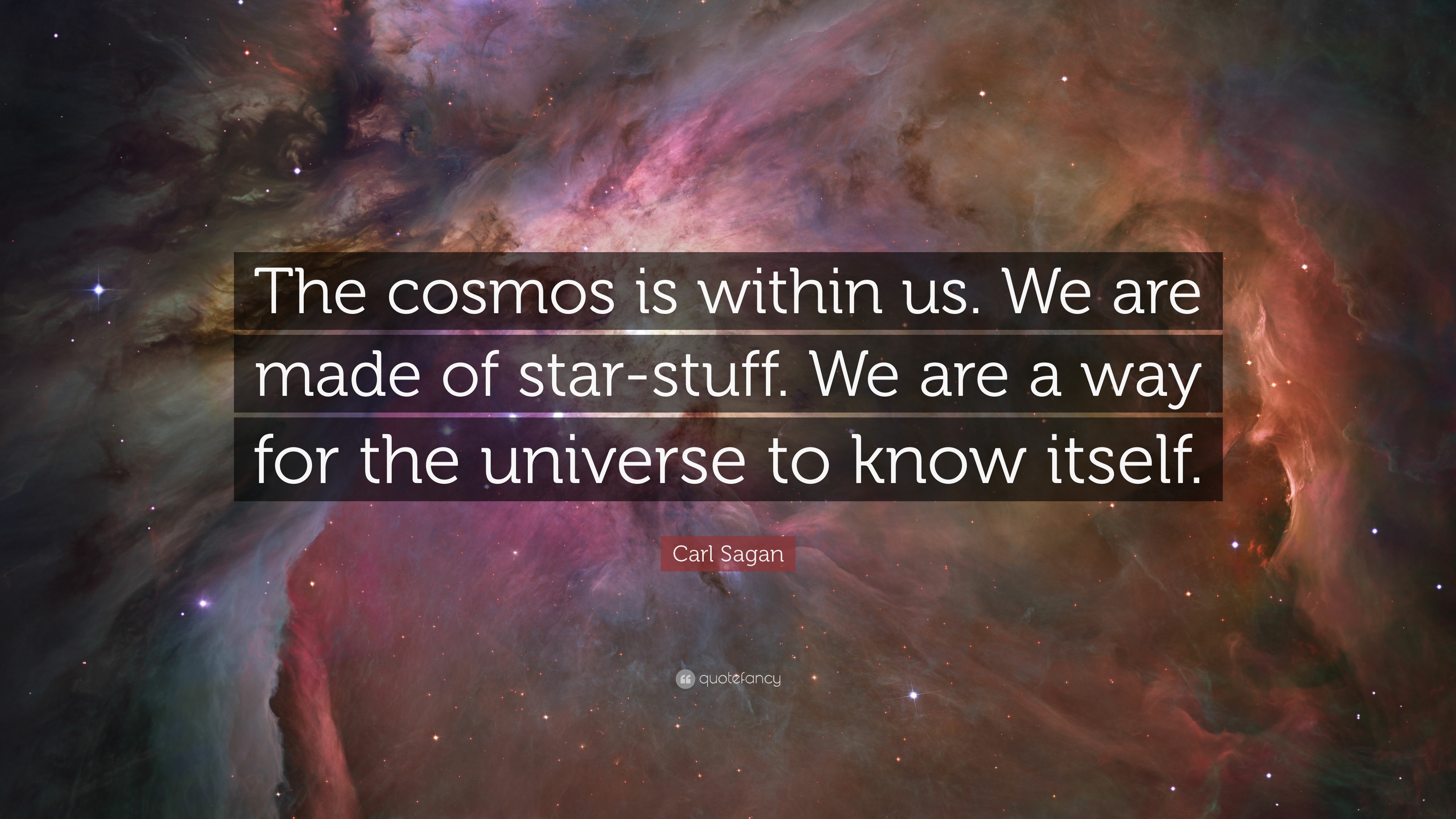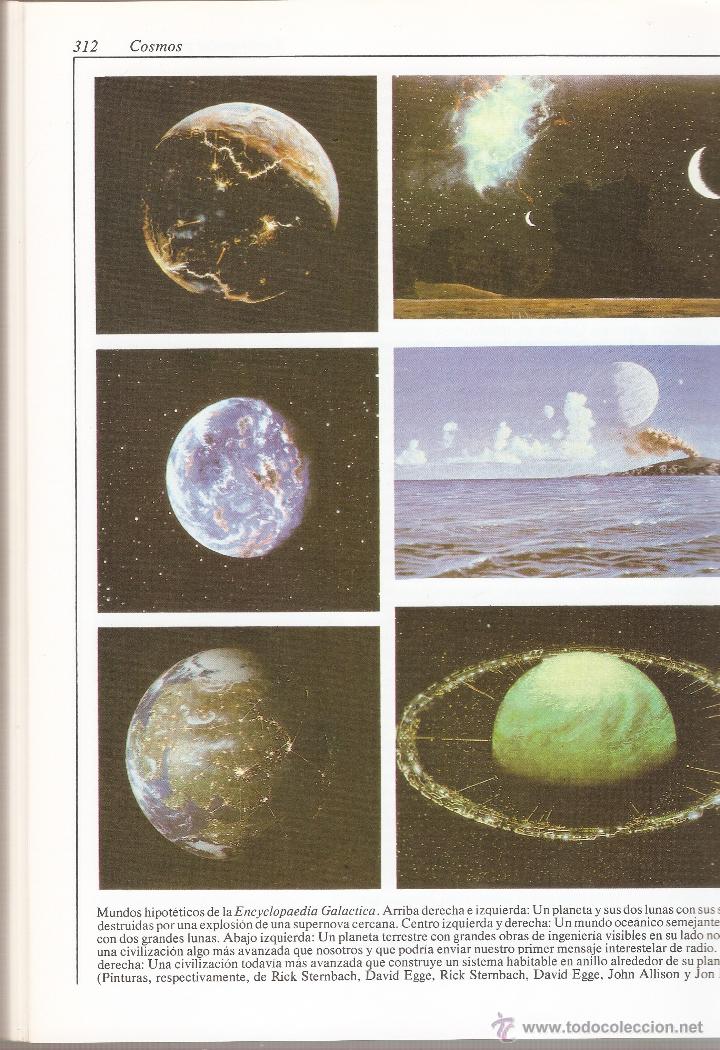

He was a co-founder and President of The Planetary Society and also a member and strong supporter of SETI, the Search for Extra-Terrestrial Intelligence. In 1994 Carl Sagan was honored with the Public Welfare Medal, the highest award of the National Academy of Sciences. Kennedy Astronautics Award of the American Astronautical Society the Explorers Club 75th Anniversary Award, the Konstantin Tsiolkovsky Medal of the Soviet Cosmonautics Federation and the Masursky Award of the American Astronomical Society. Sagan received many awards, including the NASA Medals for Exceptional Scientific Achievement and the Distinguished Public Service (twice), as well as the NASA Apollo Achievement Award. Sagan won a Pulitzer Prize for his 1977 publication Dragons of Eden.ĭr. Cosmos remains the best-selling science book ever printed in the English language. He was probably best known for his book Cosmos, which spent 70 weeks on the bestseller list and became a Peabody award-winning series, watched by 500 million people in 60 countries.

Sagan published more than 600 scientific papers and popular articles and was the author, co-author, or editor of more than 20 books. He was the first to hypothesize that Saturn’s moon Titan and Jupiter’s moon Europa have oceans or lakes, suppositions later proved correct.Ĭarl Sagan was also the first to correctly theorize that the atmosphere of Venus is extremely hot and dense and the seasonal changes on Mars are due to dust storms, not vegetation growth. Sagan designed the pictographic and numerical symbols for the plaques on the Pioneer spacecraft intended for any extraterrestrial life forms that might discover them after they left our Solar System. He helped brief the Apollo astronauts and worked on the Pioneer, Mariner, Viking, Voyager, and Galileo projects. Sagan was a consultant and adviser to NASA beginning in the 1950s. Carl Sagan received over twenty honorary degrees from universities in North America alone.ĭr.

He became a professor at Cornell University in 1971. In addition to working at the Smithsonian Institution from 1962 to 1968, he taught at Harvard University until 1968. There he earned three degrees: a bachelor’s degree in 1955 and a master’s degree in 1956, both in physics and in 1960, a doctorate in astronomy and astrophysics. A graduate of Rahway High School in New Jersey in 1951, he enrolled in the University of Chicago.

Sagan was born in Brooklyn, New York on November 9, 1934.


 0 kommentar(er)
0 kommentar(er)
